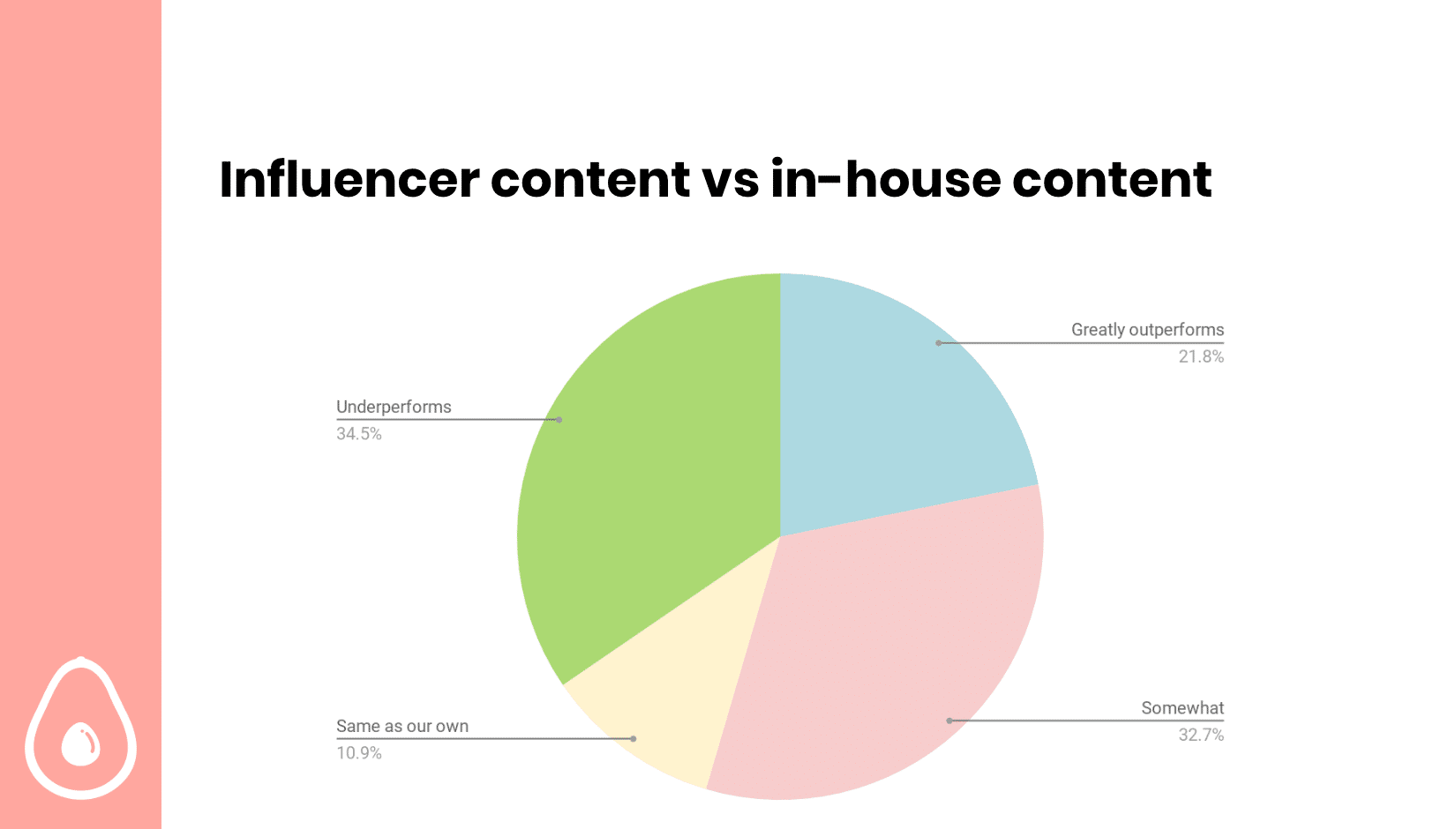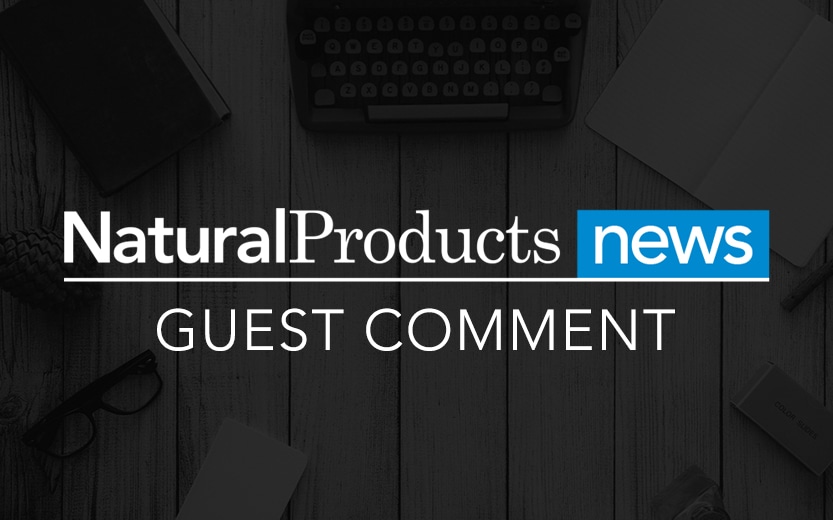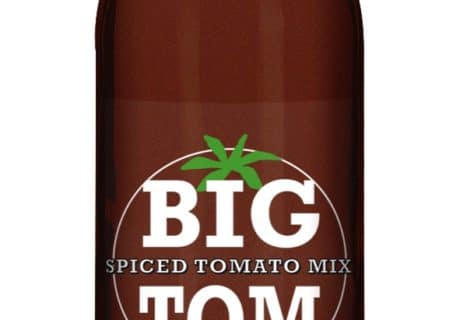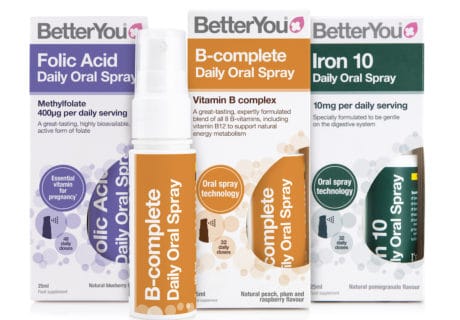Who is the person who has influenced you the most, if you had to answer, hands down, without thinking? No, do not cheat. Answer right now, out loud. Go on, nobody will mind.
I am asking you because, nowadays, we believe influence is something that has been shaped by our hyper-social lives. In Invisible Influence Jonah Berger once said “99.9% of all decisions are shaped by others.”
Guess what, you are an influencer. And so are your friends, your relatives and your pub buddies. If that is the case, then who are these God-like figures, travelling the world, swimming with dolphins, living these wonderful lives we see through a screen?
Influencers – a bit like celebrities – are no different from you.
In recent marketing terms, to become an ‘influencer’ all you need to get started is an online presence; I’m talking about your Facebook profile, the one you may not have updated since 2005.
The idea of ‘influencers’ as a tool has been adopted by companies to spread awareness around their products.
In The Tipping Point, Malcolm Gladwell argues that virality is driven ‘by the efforts of a handful of exceptional people’ whom he calls mavens, connectors and salesmen.
You see, I love learning about influencers simply because I have been working with them for over six years. My company, Creative Impact, formally known as the Health Bloggers Community, has supported brands in the natural products and wellness space for years by raising awareness of their offerings through our community and linking them up with the best and most relevant creatives in the industry.
So yes, my daily tasks include working with both brands and creatives (usually referred to as influencers) to get their personal insights on the industry and its overall direction.
In January 2020, we released our yearly report, a piece of research which has been supported by multiple reports and studies in 2019, as well as some individual interviews with members of our marketplace. The report focuses on the wellness and natural industry, including sub-categories such as food, fitness, wellbeing, mental health, sustainability.
In this piece, I wanted to share some actionable takeaways you can adopt when it comes to working with creatives (and influencers).
Is influencer marketing worth my time? The influencer marketing industry is on track to be worth up to $15 billion by 2022, up from as much as $8 billion in 2019, according to Mediakix data.
Now, if you do not get persuaded by big numbers I totally get you, and this is why I’m happy to give you more data from our own research. As you can see from my image, influencer content is incredibly relatable and it performs well on social feeds. It’s yet another voice telling your story and sharing your mission, which in itself is very powerful.

Let’s talk about budgets
More and more brands will invest in better tools to help them manage a portfolio of suitable creatives; currently, 73% of brands manage relationships with creatives via a spreadsheet.
Brands with smaller budgets are exploring options such as platforms and marketplaces over PR firms and agencies due to budget constraints. How can you know whether the time and effort are going to be worth it? This is something I discuss a lot.
For a small company trying to build brand awareness, engagement is where the real magic is at.
A few people enquired about why engagement is such an important factor – engagement and impressions are important to justify the cost of your services, as well as a boost validation for brands looking to boost ROI.
Engagement and authenticity are what will make creatives stand out from the crowd. New ways of engagement are rising, such as shares, saves, and interactivity. Being able, as a brand, to clearly see in one snapshot the performance of your posts is essential.
Treating creatives like partners
Another fascinating trend relates to a clear shift in mentality. Whether you call them creatives or influencers, these personal brands are developing a clear portfolio of services and assets, as well as skills.
From 2020 onwards, you won’t be ‘buying’ their audience, you’ll be setting up a business relationship with legacy. This is why brands should develop a streamlined but robust network of high-quality creatives to diversify their bets. It’s something so many brands struggle with since 62% of companies in our research show that they base their choice of creatives on their followers.
In 2020 and beyond, both brands and creatives will look to redefine relationship management by looking at influencer marketing as a way to create long-lasting partnerships. Since 80% creatives would rather work on long-term partnerships in order to work with fewer people more efficiently, this trend is only going to grow. Who can be a proud spokesperson for your products, representing your message?
People can influence for many reasons, by tapping into a variety of emotions and feelings: curiosity, jealousy, envy – which ties in with comparison, a well-known process that positions influencers as people others aspire to become. In 2020, we’ll see a shift happening from influence to positive influence.
I do believe positive influence is at the base of what studies call ‘ethical leadership’, through which a leader is actually affecting the conduct of its tribe, providing a series of positive social norms which typically involve being honest, caring and trustworthy.
These are the people you want to align with, in order to enrich your own product story and expand your mission. Less is more – yet introducing influencers and creatives into your marketing strategy could be what sets you apart in 2020.





